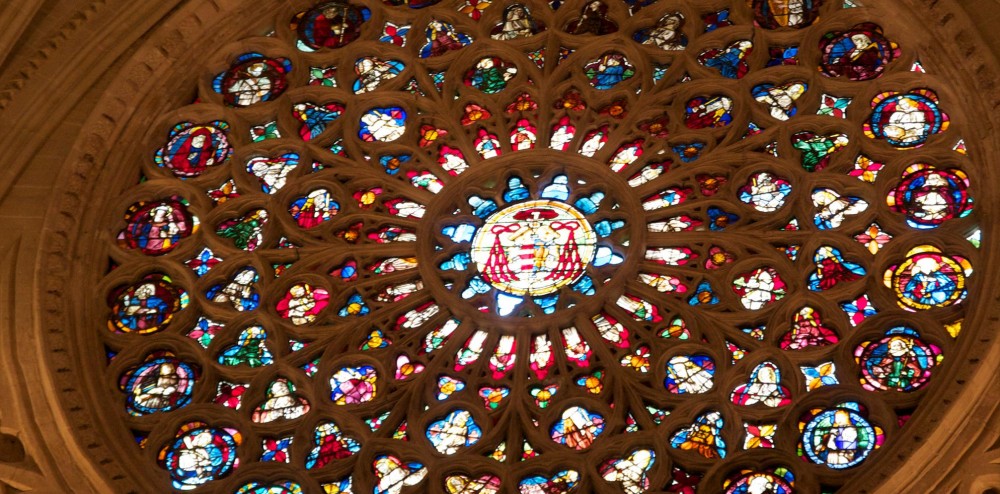The magnificent cathedral of Constantinople, completed during the reign of the Emperor Justinian I (483-565) and consecrated in 537 or 538, was dedicated to Jesus as “Holy Wisdom” (see 1 Corinthians 1:30; 2:6-9). The Muslim encroachment upon the Byzantine Empire culminated with the conquest of Constantinople in 1453. The church was recognized as an architectural wonder and became a mosque until 1934. We recall that the Ottoman Empire disintegrated after World War I and under Mustafa Kemal Atatürk’s leadership, Turkey became a secular state. The Cathedral became a museum and later UNESCO declared it to be a World Heritage site.
Although one might applaud the restoration of a place of worship to its purpose, the complications in this case are numerous! The Wall Street Journal of July 23, 2020 dedicated its weekly “Houses of Worship” column to this event, under the title “Turkey Retreats from Modernity.” On Friday, July 24th, the Journal’s report by David Gauthier-Villars includes the comments:
“Turning the site into a mosque again wouldn’t compromise its complex cultural and religious identity, Mr. Erdogan has said. Orthodox Christians are unconvinced, including those in Russia and Greece, who revere the site… ‘From our point of view, this decision violates the fragile interreligious and interconfessional balance that has been achieved in today’s world,’ said Metropolitan Hilarion, a spokesman for the Russian Orthodox Church.”
The New York Times of July 24th presented a report by Carlotta Gall, “Erdogan Fulfills Cherished Goal, Opening Hagia Sophia to Prayers.” This follows the editorial, “The Hagia Sophia Was a Cathedral, a Mosque and a Museum. It’s Converting Again” on July 22nd.
One might think that the return of a building to its purpose as place of worship would be greeted positively in the modern context of interfaith dialogue. However, in this case, Christians in Turkey and the world at large recall the tragic attacks on their lives and well-being from the 1800s until the end of World War I. Atrocities committed against the Armenian and Greek Christians by the Ottomans have not been acknowledged in Turkey, even as the crime of a past regime. The tiny Christian minority there today deserves the support of their brothers and sisters in faith. This expresses a principle enunciated by St. Paul: “As we have the opportunity, let us do good to all people, and especially to those who are of the household of the faith” (Galatians 6:10). We hope that the present decade and beyond will become a time when minority Christian communities will experience a deep sense of peace in their homeland.

